Lesson 21
Compose and Decompose Numbers 11–19
Warm-up: Which One Doesn’t Belong: Numbers 11–20 (10 minutes)
Narrative
Launch
- Groups of 2
- Display the image.
- “Pick one that doesn’t belong. Be ready to share why it doesn’t belong.”
- 1 minute: quiet think time
Activity
- “Discuss your thinking with your partner.”
- 2–3 minutes: partner discussion
- Share and record responses.
Student Facing
Which one doesn’t belong?


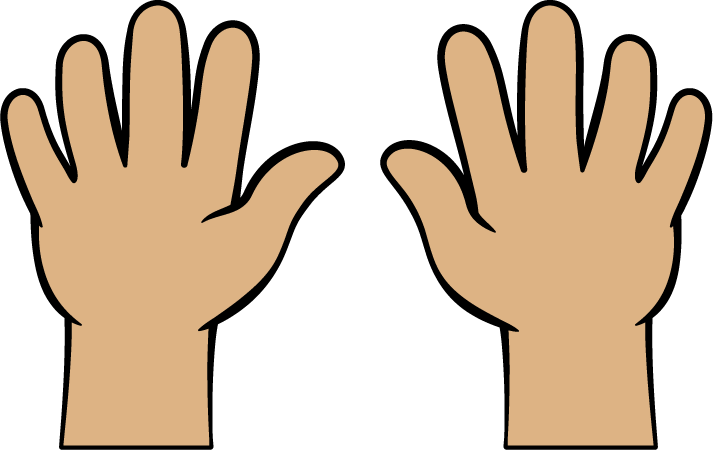
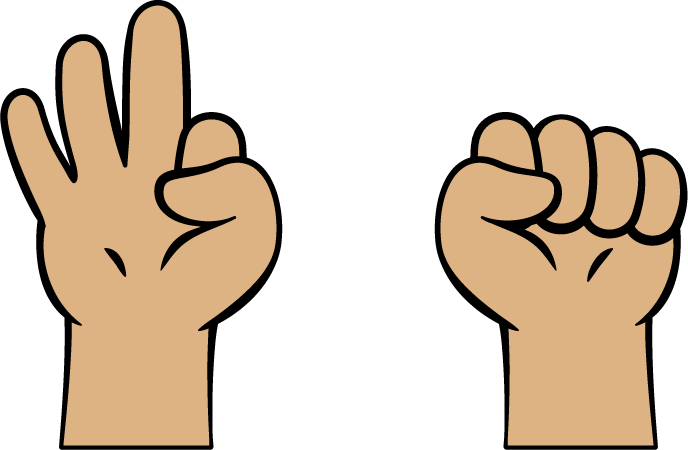

Student Response
For access, consult one of our IM Certified Partners.
Activity Synthesis
- “Let’s find at least one reason why each one doesn’t belong.”
Activity 1: Where Will They Sit? (15 minutes)
Narrative
The purpose of this activity is for students to compose and decompose numbers 11–19 as 10 ones and some more ones. Students work with groups of 11–19 objects to represent a context about students in a classroom where there is room for 10 students to sit at a table and the rest of the students sit on a rug. To solve the problem, students may count the total number of objects and then find a group of 10 or they may start by putting 10 objects at the table and see how many cubes are left on the rug and count all, count on, or know the total without counting. They record the two groups and the total by filling in equations.
Students work with multiple collections of 11–19 objects. They can be given access to a variety of collections of objects to choose from and then switch collections with other groups.
Advances: Speaking, Representing
Supports accessibility for: Conceptual Processing, Visual-Spatial Processing
Required Materials
Materials to Gather
Required Preparation
- Each group of 2 needs access to at least 2 collections of 11–19 objects.
Launch
- Groups of 2
- Give each group of students access to collections of 11–19 objects.
- “We are going to pretend that the objects in the collection are students.”
- “The students will either sit at the table or on the rug.”
- Display the image.
- “All of the students want to sit at the table. How many of the students can sit at the table?” (10 students)
- 1 minute: independent work time
- “10 students can sit at the table. The students who do not fit at the table will sit on the rug.”
- “Work with your partner to figure out how many students will sit at the table, how many will sit on the rug, and how many students there are altogether. Fill in an equation for each bag of objects.”
Activity
- 7 minutes: partner work time
Student Facing


-


\(\underline{\hspace{1.1 cm}}\)
\(+\)
\(\underline{\hspace{1.1 cm}}\)
\(= \phantom{la} \underline{\hspace{1.1 cm}}\)
-


\(\underline{\hspace{1.1 cm}}\)
\(+\)
\(\underline{\hspace{1.1 cm}}\)
\(= \phantom{la} \underline{\hspace{1.1 cm}}\)
-


\(\underline{\hspace{1.1 cm}}\)
\(+\)
\(\underline{\hspace{1.1 cm}}\)
\(= \phantom{la} \underline{\hspace{1.1 cm}}\)
-


\(\underline{\hspace{1.1 cm}}\)
\(+\)
\(\underline{\hspace{1.1 cm}}\)
\(= \phantom{la} \underline{\hspace{1.1 cm}}\)
-


\(\underline{\hspace{1.1 cm}}\)
\(+\)
\(\underline{\hspace{1.1 cm}}\)
\(= \phantom{la} \underline{\hspace{1.1 cm}}\)
-


\(\underline{\hspace{1.1 cm}}\)
\(+\)
\(\underline{\hspace{1.1 cm}}\)
\(= \phantom{la} \underline{\hspace{1.1 cm}}\)
Student Response
For access, consult one of our IM Certified Partners.
Activity Synthesis
- “The collection Jada is working with has 14 objects. She showed 10 students sitting at the table. How many do you think will be still on the rug? Why do you think that?” (4, 10 and 4 is 14)
Activity 2: Finish the Equations [OPTIONAL] (10 minutes)
Narrative
Required Materials
Materials to Gather
Required Preparation
- Students can use their bead tool from a previous lesson.
Launch
- Groups of 2
- Give students access to connecting cubes or two-color counters, 10-frames, and bead tools.
- Display the student book.
- “Kiran wrote equations to show the total number of students and how many students sat at the table and how many sat on the rug, but he didn’t finish the equations. Finish filling in each equation. You can use connecting cubes or two-color counters if they are helpful.”
Activity
- 4 minutes: independent work time
- 4 minutes: partner work time
- Monitor for students who:
- count out the total number of objects and then determine the two parts.
- just know the parts to make teen numbers.
Student Facing
- \(17 = 10 + \underline{\hspace{1.1 cm}}\)
- \(19 = \underline{\hspace{1.1 cm}} + 9\)
- \(10 + \underline{\hspace{1.1 cm}} = 14\)
- \(\underline{\hspace{1.1 cm}} + 2 = 12\)
- \(11 = \underline{\hspace{1.1 cm}} + 1\)
- \(15 = 10 + \underline{\hspace{1.1 cm}}\)
Student Response
For access, consult one of our IM Certified Partners.
Activity Synthesis
- Invite students who used objects to share.
- Invite students who just knew the missing number in the equation to share.
- “What is the same about each equation? What is different?” (They all have 10. Sometimes the total number of students is on the left and sometimes it is on the right.)
Activity 3: Centers: Choice Time (20 minutes)
Narrative
The purpose of this activity is for students to choose from activities that offer practice with number and shape concepts. Students choose from 5 centers introduced in previous units. Students can choose to work at any stage of the centers.
- Shake and Spill
- Number Race
- Grab and Count
- What's Behind My Back?
- Pattern Blocks
Required Materials
Materials to Gather
Required Preparation
- Gather materials from:
- Shake and Spill
- Number Race
- Grab and Count
- What's Behind My Back?
- Pattern Blocks
Launch
- Groups of 2
- “Today we are going to choose from centers we have already learned.”
- Display the center choices in the student book.
- “Think about what you would like to do first.”
- 30 seconds: quiet think time
Activity
- Invite students to work at the center of their choice.
- 8 minutes: center work time
- “Choose what you would like to do next.”
- 8 minutes: center work time
Student Facing
Choose a center.
Shake and Spill
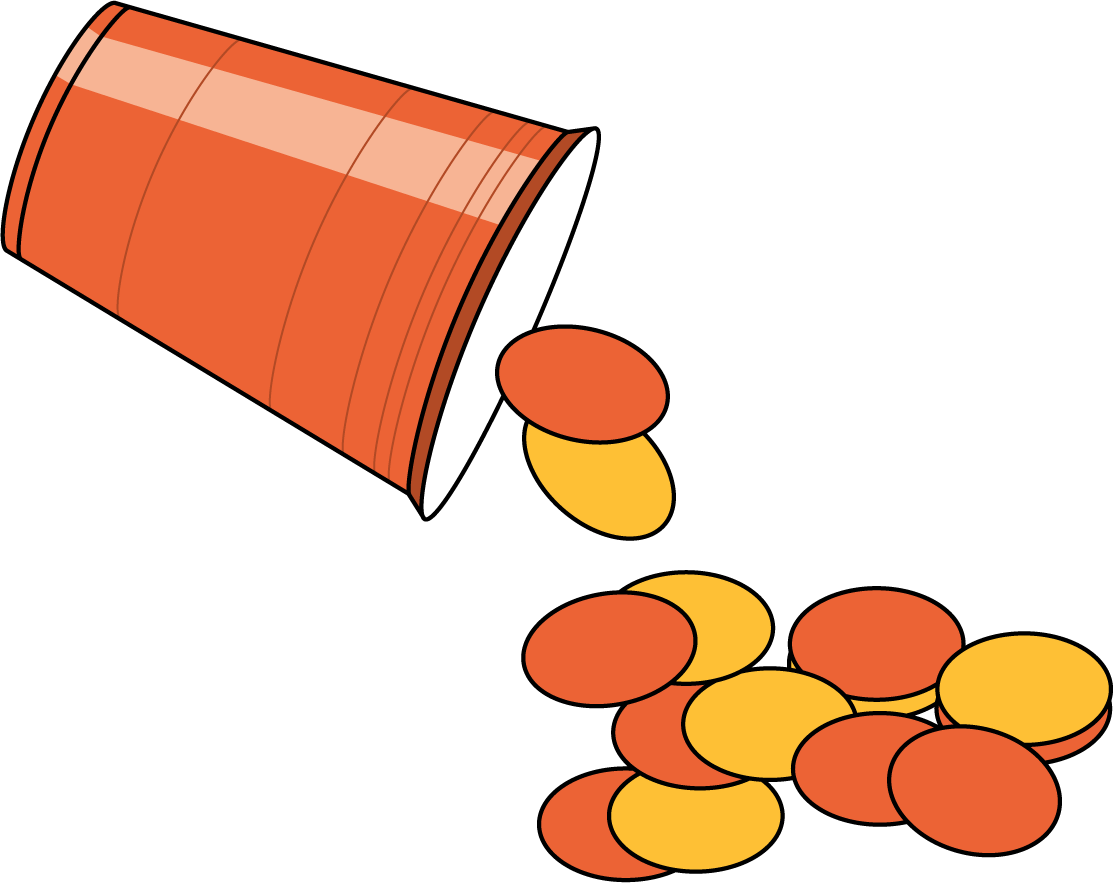
Number Race
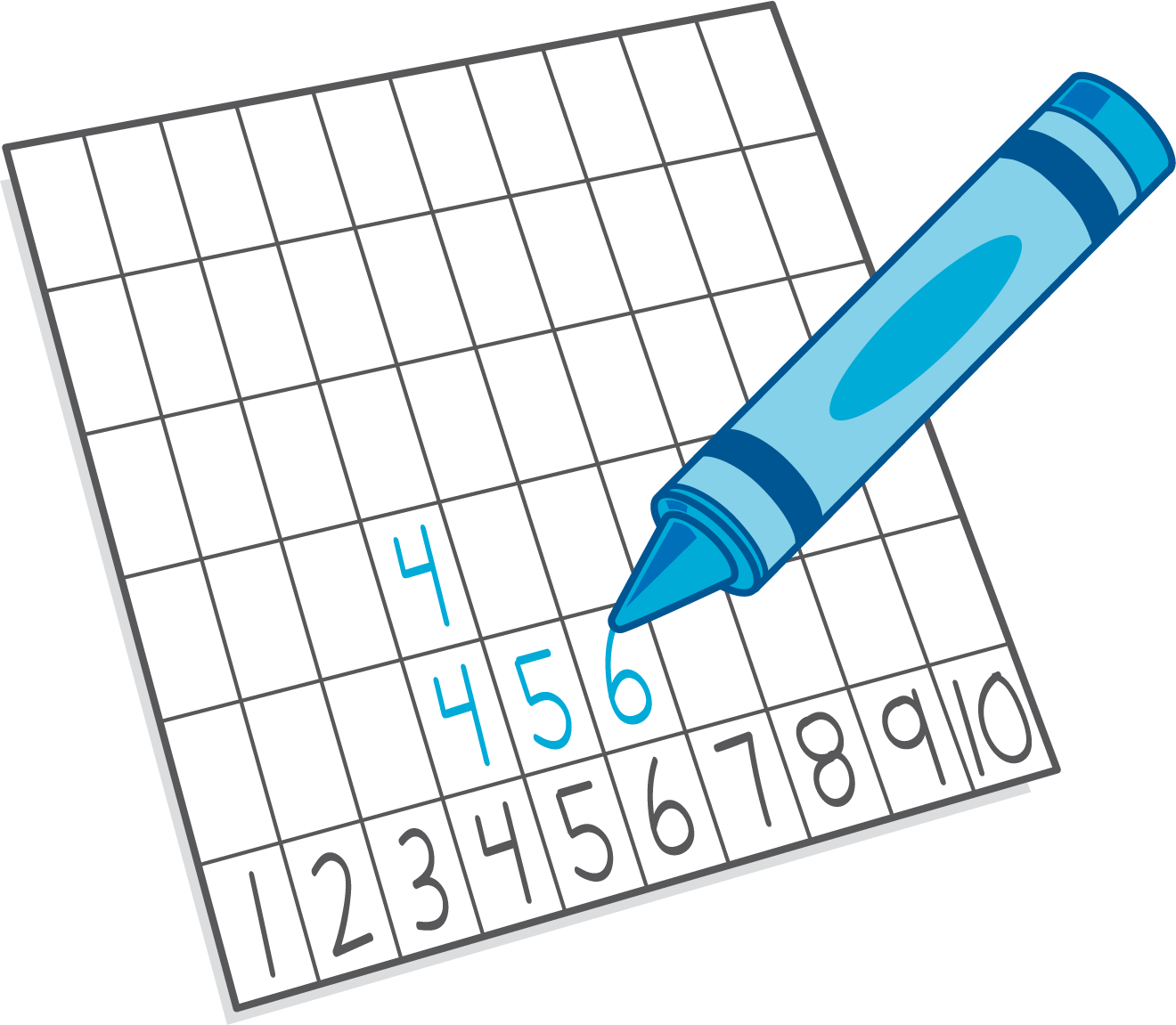
Grab and Count

What's Behind My Back?
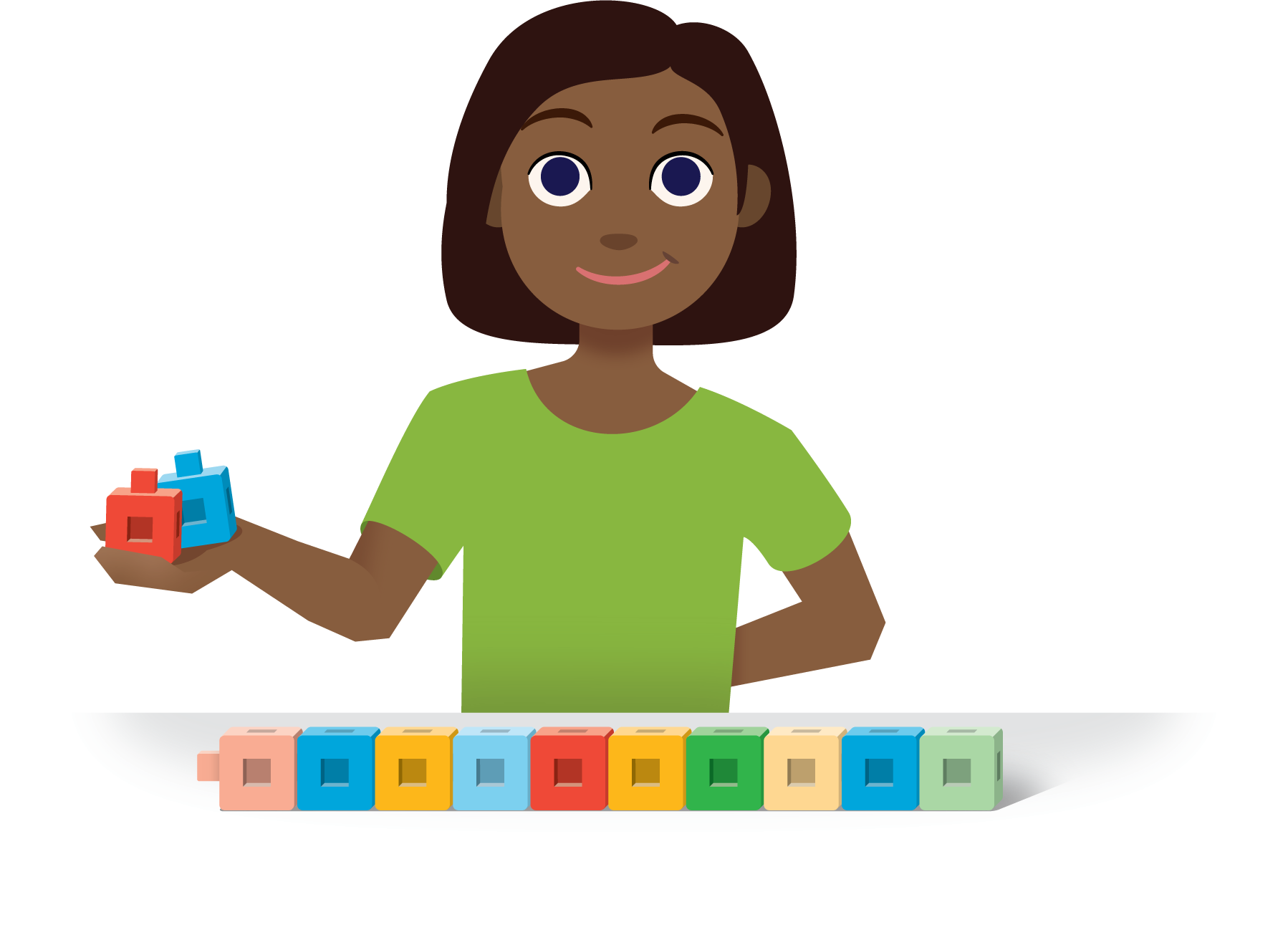
Pattern Blocks

Activity Synthesis
- “What can you do when there is a math problem or center that you’re not sure about?”
Lesson Synthesis
Lesson Synthesis
Display 11, 12, 13, 14, 15, 16, 17, 18, 19.
“Choose one of the numbers. Tell your partner something you know about that number.”
“How are all of these numbers alike?” (They all are more than 10. They all have 10 and some more.)
Cool-down: Unit 8, Section D Checkpoint (0 minutes)
Cool-Down
For access, consult one of our IM Certified Partners.
Student Section Summary
Student Facing
In this section, we used our fingers, objects, 10-frames, and drawings to find all of the ways to make 10.

\(10 = 4 + 6\)
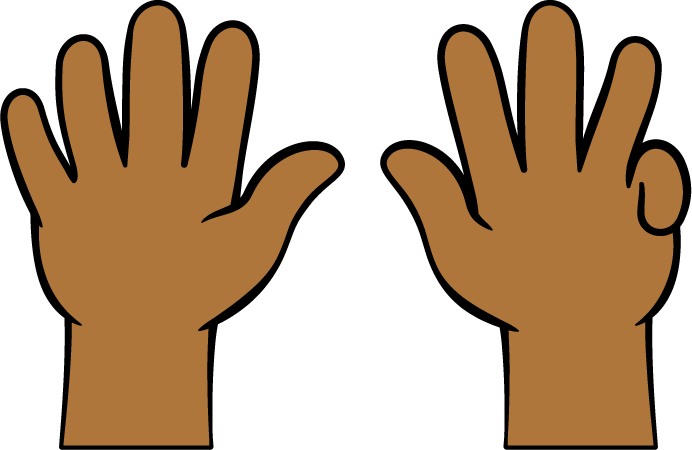
\(10 = 9 + 1\)
We figured out how many more are needed to make 10.
\(10 = 8 + \underline{\hspace{1 cm}}\)
\(10 = 8 + \underline{\hspace{.4 cm} 2 \hspace{.4 cm}}\)
We showed numbers 11–19 as 10 and some more.

\(15 = 10 + 5\)
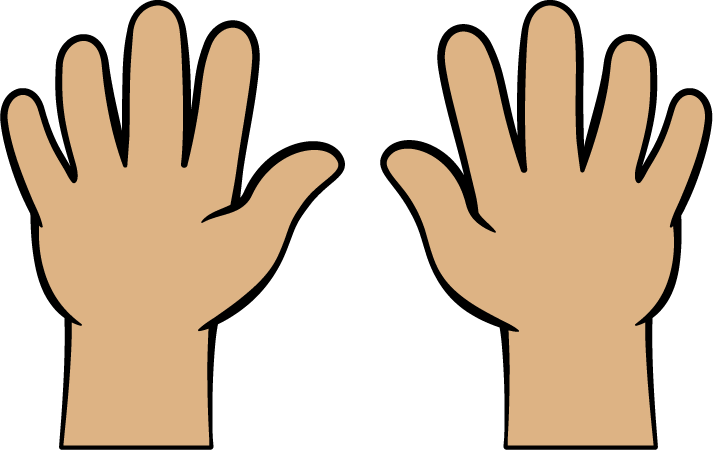
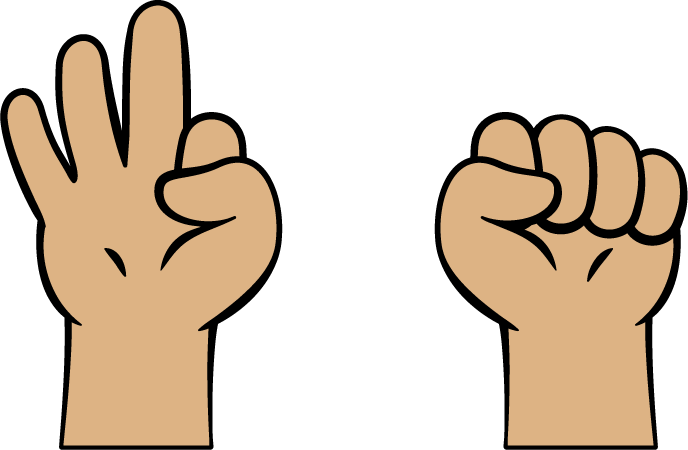
\(10 + 3 = 13\)